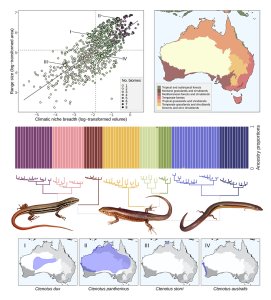Presented By: Ecology and Evolutionary Biology
EEB Thursday Seminar: Intractable species boundaries and their implications for speciation and the assembly of continental faunas
Ivan Prates, Postdoctoral Fellow, U-M EEB

Our weekly seminar series featuring internal and external speakers in the field of ecology and evolutionary biology. This seminar will be in person and livestreamed on Zoom (link this page).
Image: Ivan Prates
Image: Ivan Prates
